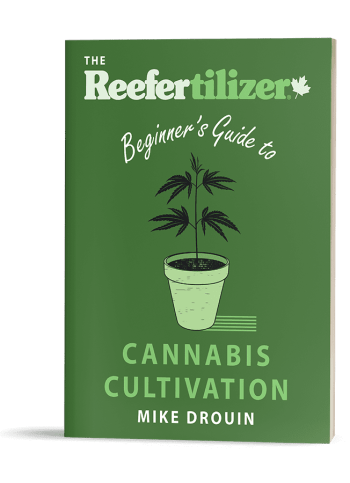Everybody Wants Bigger Outdoor Buds!
If you want bigger buds growing outdoors, understanding the basics is a great place to start. Outdoor cannabis plants thrive under specific conditions. Sunlight is your most potent ally; ensure your plants get ample, direct sunlight to fuel their bud development. Ideal planting locations that offer substantial light from sunrise to sunset are crucial.
Water management is another key factor. Over-watering can harm plant health and reduce bud size, so consistent, moderate watering is recommended. Also, protect your plants from extreme weather such as heavy winds and rains, which can stress plants and reduce yield.
Choosing the right strains (or cultivar) to grow is also very important. Some cannabis strains are naturally predisposed to grow larger buds, and do better in outdoor environments. Find a list of suitable strains on our Best Outdoor Strains for Large Buds resource page.
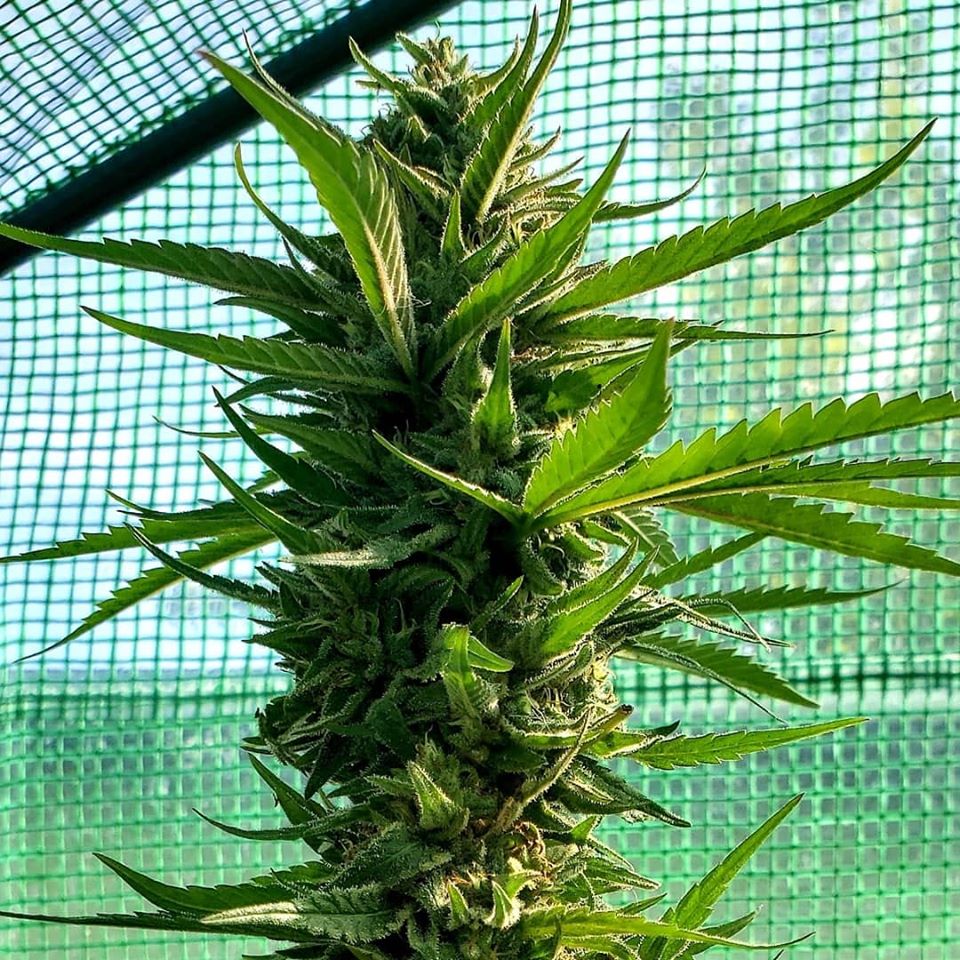

Learn to Grow Better Weed
Download our free guide to growing amazing cannabis at home.
Click Here For More Info
Understanding the Role of Genetics in Bud Size
Choosing the right cannabis strain plays a pivotal role in achieving larger buds in your outdoor garden. Different strains inherently have varying potential for growth and bud production, influenced significantly by their genetic makeup. Some strains are bred to produce large, dense buds, while others might focus on flavor or resistance to certain pests and diseases.
For growers aiming to maximize bud size, selecting a strain known for its large yield is crucial. Indica strains, for instance, often produce bigger and denser buds compared to sativas leaning strains.
Once the ideal strain is selected, pairing it with correct cultivation techniques such as topping and Pruning Techniques for Maximum Yield will further enhance bud growth, ensuring your outdoor cannabis plants reach their full potential.
Understanding genetics is not just about picking a strain; it’s about aligning the genetic predispositions of cannabis cultivars to your specific growing conditions to optimize yield and quality.
Optimal Environmental Conditions for Maximum Growth
Maintaining the perfect environment is key to growing bigger buds outdoors. Sunlight is paramount; your plants need at least six hours of direct sun daily to thrive and produce large buds. Pay close attention to light quality during the flowering stage. Some outdoor growers will utilize additional lighting during the darker months of fall to maximize light exposure.
Temperature and humidity also play crucial roles. Ideal temperatures for cannabis range between 70-85°F (21-29°C) during the day. Nighttime temperatures slightly lower than daytime can promote aromatic terpenes which enhance bud quality.
Proper air circulation is essential to prevent mold and pests, which can notably reduce bud quality and size. Ensure your plants are spaced well enough to allow air to move freely between them.
Managing humidity is equally important, especially during the flowering phase. Keep humidity around 40-50% to foster optimal bud growth and prevent mold and rot.
These conditions are hard if not impossible to meet consistently outdoors. You won’t ruin your crop with one bad day. Growing in a greenhouse can help protect plants from the elements and make it easier to grow despite bad weather.
For more about managing outdoor cannabis gardens, see our detailed Tips For Growing Weed In Your Backyard or Balcony.
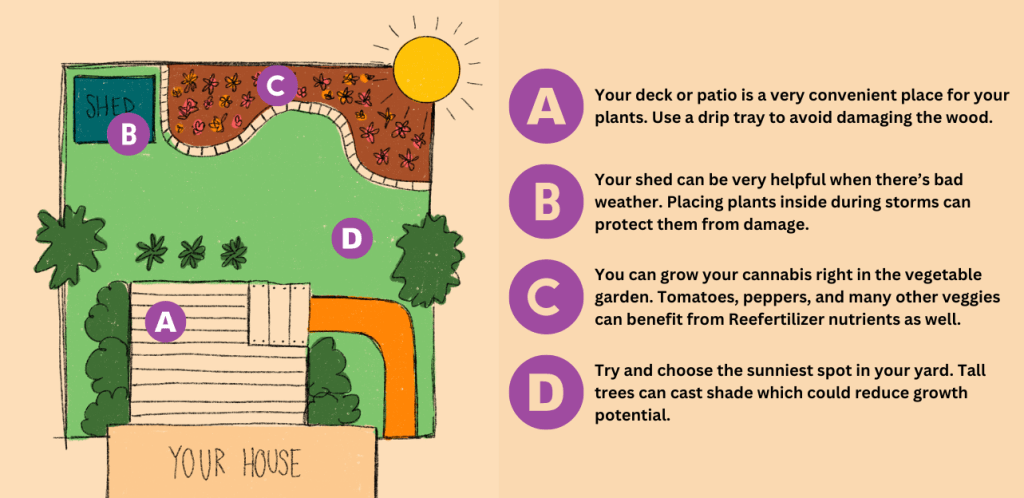

Techniques to Increase Bud Size: Training and Pruning
Training and pruning your cannabis plants can significantly enhance their bud size. These methods not only improve light exposure and airflow but also direct the plant’s energy towards producing larger buds.
Training involves gently bending and tying the plant branches to expose more of the canopy to sunlight. A common technique, Low Stress Training (LST), involves bending over longer branches and securing them in place. This method is gentle and does not stress the plant but optimizes sunlight absorption and promotes even growth across the plant.
Pruning, on the other hand, focuses on removing unnecessary leaves and non-productive branches. This process helps the plant to focus more of its resources on the remaining buds sites, increasing their size. Key pruning practices include topping, where the top of the main stem is cut off to encourage lateral growth, and defoliation, which involves removing some leaves to enhance light penetration to the flowering sites.
Small branches in the shade will only grow light buds. If the plant cannot be trained to get light to these lower branches it’s sometimes just easier to prune these as well.
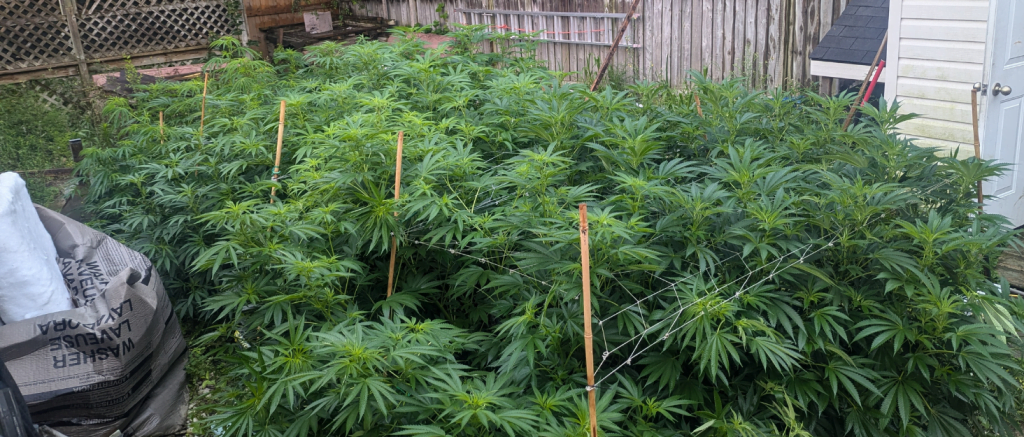

Nutrition: Choosing the Right Cannabis Fertilizers and Soil
When the perfect conditions are met, your plants are only limited by how much they can eat. For maximized outdoor bud growth, selecting the right fertilizers and soil is key. Cannabis plants are hungry for specific nutrients throughout their lifecycle. During the vegetative stage, a high-nitrogen fertilizer supports lush leaf growth, which is crucial for later stages. As plants enter the flowering phase, phosphorus and potassium become vital, helping to boost bud size and quality.
The soil is where these nutrients are absorbed by the plant. A balanced soil with the correct pH (around 6), aeration, and beneficial bacteria and fungus will help your plant get every little bit possible. Mycorrhizae a fungus grows symbiotically with plants helping them absorb more water and nutrients. Mycorrhizal spores are also the key ingredient to Reefertilizer Start.
We recommend only using Grow during the vegetative stage to encourage robust plant structure. Transitioning to the flowering stage, our Bloom ensures your plants get the right mix of nutrients essential for developing big, resinous buds.
Additionally, consider our Complete Nutrition Starter Kit for a full spectrum of essential nutrients tailored specifically for cannabis and kelp and mycorrhizae for your soil. This approach not only simplifies your fertilization process but also aligns with the nutritional demands of cannabis growth phases, directly impacting bud size and quality outdoors.
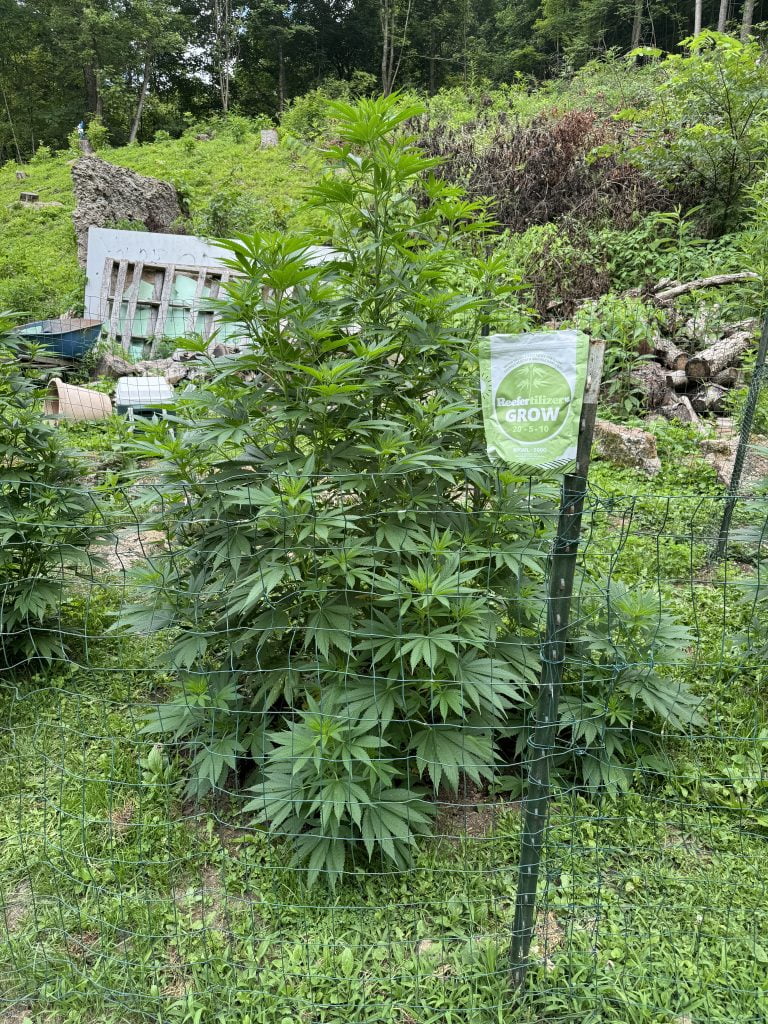

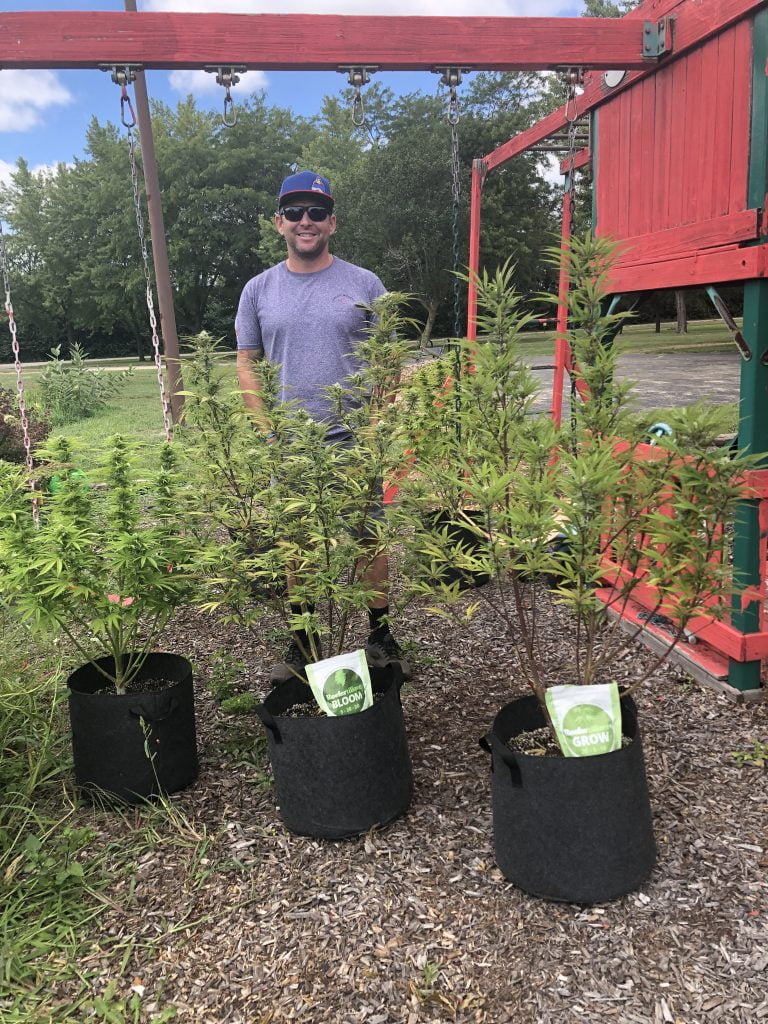

Common Pitfalls in Growing Bigger Buds and How to Avoid Them
Growing bigger buds outdoors is rewarding, but it’s easy to run into a few common problems. Let’s break down some of these pitfalls and explore how you can sidestep them.
Inconsistent Watering: Buds thrive on consistency. Too much or too little water can stress your plants, leading to smaller buds. Establish a regular watering schedule to keep soil moisture stable. Check out our guide on Water for Cannabis for more on water management.
Poor Plant Training: Proper training can significantly increase sunlight exposure and air circulation around your buds. Neglecting this can lead to smaller, lighter buds. Learn effective training methods with our article on Pruning Techniques for Maximum Yield.
Inadequate Nutrients: Bigger buds demand more from their nutrients, especially during the flowering phase. Using the wrong type or amount can hinder growth. Our Complete Reefertilizer Starter Kit offers balanced nutrients tailored for big buds.
If you want to learn even more about growing good cannabis, we offer a free 40+ page guide full of images.
Now available on Amazon.
Sign up for our newsletter and download the digital copy today!
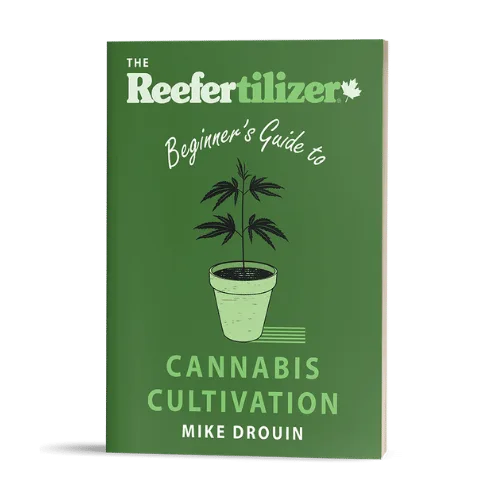

This guide will answer many questions about growing cannabis, like the following...
Selecting Seeds
Identify and Correct Problems
Maximize Yield
Much More...
Get a Chance to INSTANTLY WIN a Reefertilizer Nutrient Kit When You Sign Up.
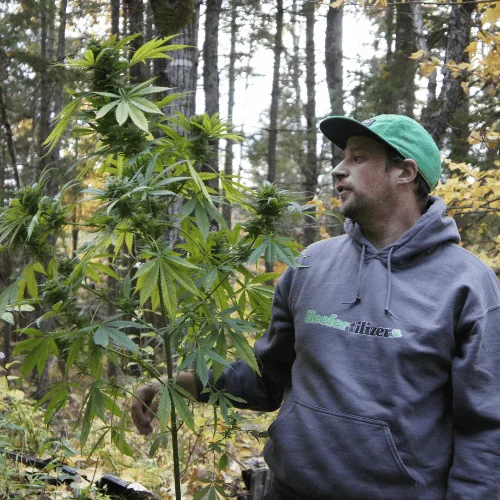

Mike Drouin is the co-founder of Reefertilizer. He’s an experienced craft cannabis grower and a writer of many articles regarding the process. Mike lives on Vancouver Island and enjoys cycling and camping and will sometimes combine the two.

